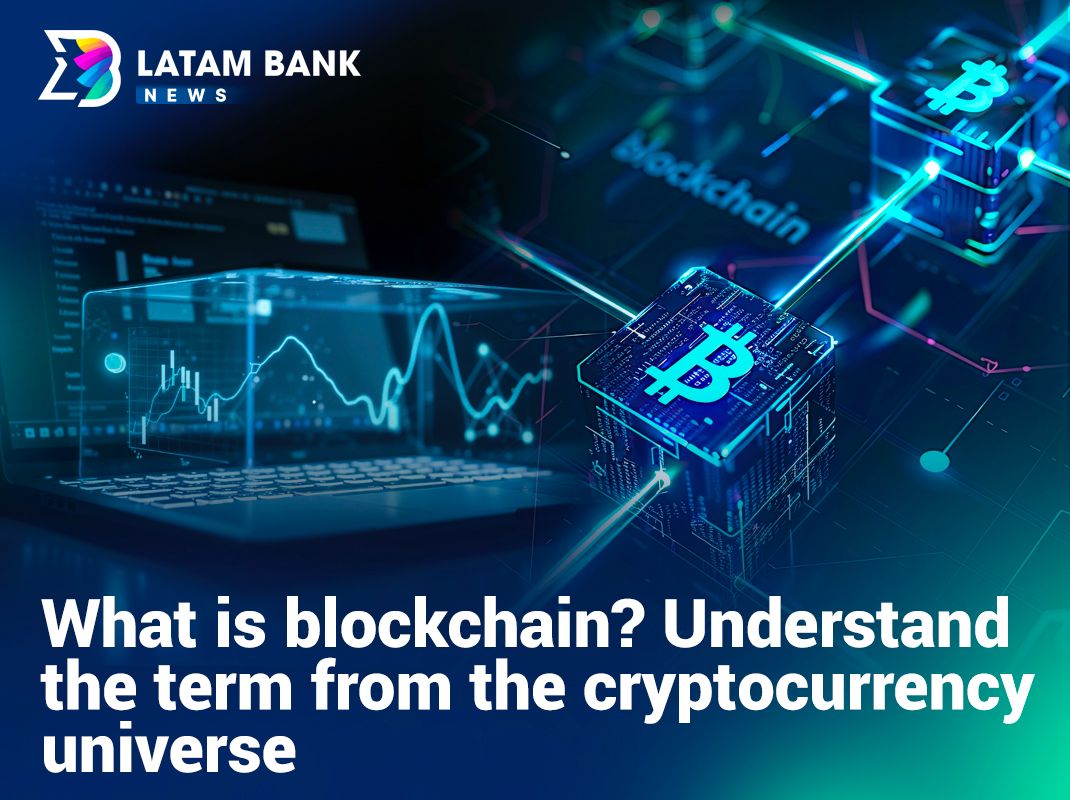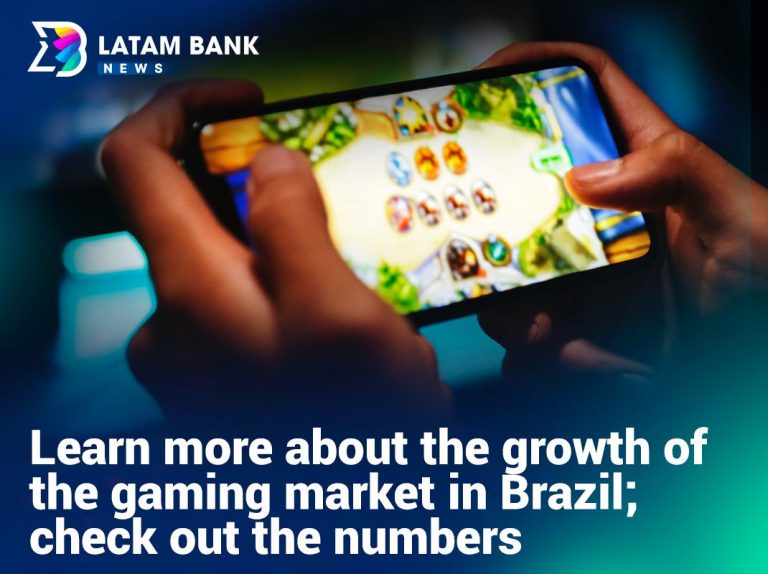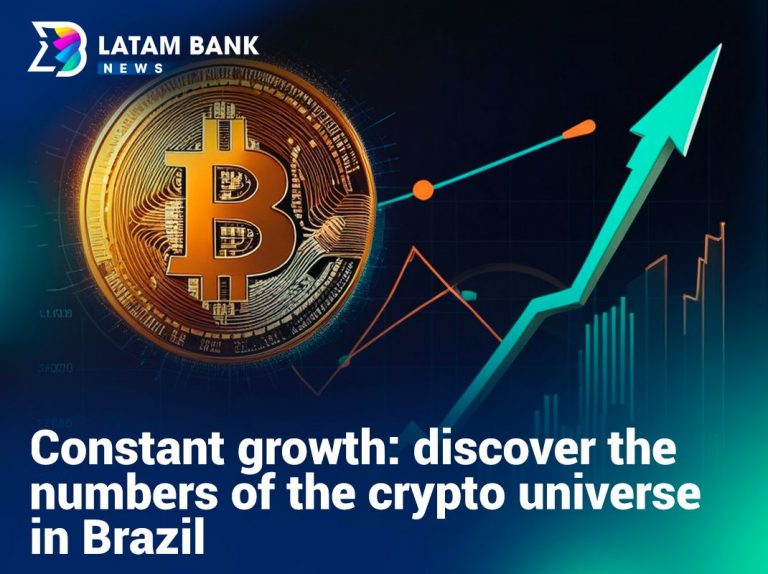In recent years, blockchain has become one of the most discussed concepts in technology and finance, leveraging the popularization of cryptocurrencies. Since its creation, it has been the foundation for the operation of the world’s largest cryptocurrencies, such as Bitcoin and Ethereum, but its impact goes far beyond this, having relevance in many other industries.
What is blockchain?
The term blockchain can be literally translated as “chain of blocks” and defines a decentralized ledger technology, where data is connected in a linear and chronological manner. These blocks store information, and once recorded, they are practically immutable. This feature ensures security, transparency, and data integrity. When information is recorded on the blockchain, it becomes public and accessible to all members of the network. Furthermore, the inability to alter these records prevents tampering and fraud.
Are you interested in crypto and want to be a part of Latam Bank? Find out how
Blockchain was created in 2008 by Satoshi Nakamoto, a pseudonym used by the person or group responsible for creating Bitcoin. The initial goal was to serve as an alternative financial system, a function it has fulfilled with the expansion of digital currencies, which now include options such as stablecoins, memecoins, and more. However, its applications go beyond the cryptocurrency universe, offering solutions for sectors such as healthcare, logistics, entertainment, and many others.
How does blockchain work?
Blockchain is composed of three main elements: data, blocks, and a decentralized network.
Each block contains specific information, such as financial transactions or medical records, depending on its application. In Bitcoin’s case, the data records who sent and received cryptocurrencies and the amount involved. These blocks have a unique identifier called a hash, which functions like a fingerprint, as well as the hash of the previous block, ensuring chronological order. This makes it possible to identify the position of each block within the chain.
The technology is maintained by a decentralized network of computers called nodes, which share and verify information. This decentralization eliminates the need for intermediaries, such as banks or governments, to validate transactions. When new data needs to be recorded, it is grouped into a block that goes through a validation process, often called mining, and once approved by the majority of nodes or validators, it is added to the chain.
What does this mean?
The process itself may seem complex, especially because it is a relatively new technology. However, in simple terms, blockchain can be compared to a chain in which each link contains information. Since validations are performed in a decentralized manner, it is impossible for a central entity to add false data or manipulate the chain unilaterally. Additionally, no link in the chain can be broken, allowing for chronological verification of all transactions and ensuring a reliable, transparent, and decentralized history.
Because validation depends on the network, it is difficult for a hacker to compromise the system by hacking a single central entity, as could happen with a database from a banking institution. The combination of cryptography with consensus among nodes protects the data from unauthorized access. Still, even if a malicious attack were successful, the completed transactions would be public and visible, facilitating audits and reviews.
Other applications
Although it was born as the foundation for Bitcoin, blockchain has found applications in various sectors beyond the digital currency market. In logistics and supply chains, it is used to track products from their origin to the final consumer, improving transparency and reducing fraud.
In the healthcare sector, blockchain enables secure storage of medical records, ensuring patient privacy and facilitating authorized access to these data by professionals. In governance and elections, blockchain-based systems offer greater security and transparency to the electoral process, reducing the risks of vote manipulation and promoting greater trust among voters. These applications highlight the technology’s potential to transform different areas of society with innovative solutions.





